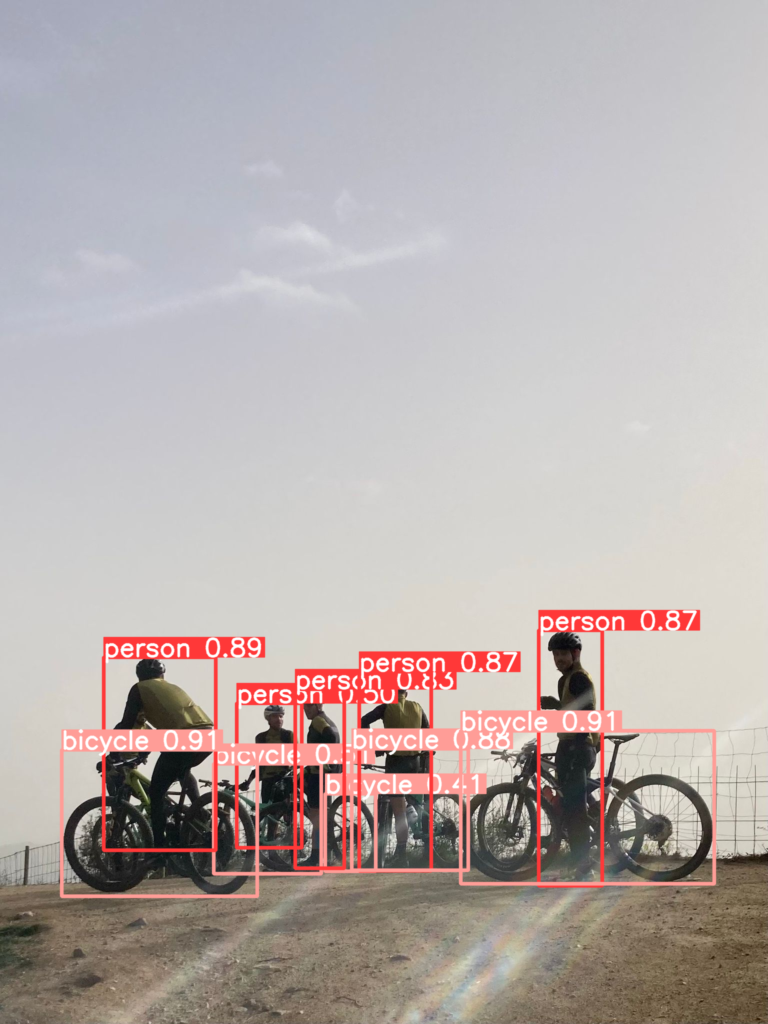Artificial intelligence arrives in cycling
The implementation of artificial intelligence in cycling is much further than most cyclists know, and AI will possibly change the rules of the game in the coming years.
In the designing process of frames, creating intelligent race simulators, making training schemes, making the road a safer place to ride, and much more: AI is already everywhere around us. ChatGPT, which went viral after its launch a few months ago, is not the result of a single project and a few hours of work. It is the product of a process of many years of work and scientific contributions, research and innovation. So is AI in cycling: it has been there for many years already and continues to evolve rapidly.
The future is AI
It is a fascinating period of time, according to Daniel Navarrete, a Catalan cyclist who works for Nenissiwok AI Lab, a Barcelona-based company. “We believe that what we know about AI is still the start of so much that it can improve the techniques that are nowadays used. Already, we find AI models capable of passing university exams, helping by providing tools for work and knowledge quickly, creating stories, images, and more. It is a technological revolution with a significant impact on the social field and a horizon that is still tricky to define because of its potential”, Navarrete says.

Machine Learning is one of the key factors in developing AI, also in cycling. Navarrete: “Thanks to the growth of available data thanks to ‘wearable’ and other devices, with Machine Learning algorithms, we will increasingly get better, more accessible and more personalised analyses for planning individual training.”
It is difficult to predict the future development of AI, according to Navarrete. “However,” he says, “the natural direction that trends follow, indicates that there will be an improvement in the personalisation of training and study plans. Concerning devices, the integration of devices will be an important point. These, which will be increasingly accurate and more integrated into clothing, will provide a more accurate view of the rider’s performance, directly intervening even in the vision and design of bicycle mechanics.”
Constantly improving
“Apart from all the advances mentioned above, which will also influence professional cycling, we can highlight an improvement in the viewer’s understanding of cycling,” the cycling enthusiast himself continues.

“We are already beginning to see drones used in retransmissions in some races, for instance in the world cyclocross championships last year, and it would not be surprising if the images captured could be used to study and analyse the positions of cyclists, equipment, and the identification of them, during the race. Furthermore, there are already very powerful neural networks that use the most advanced technologies and designs in the AI study that allow the detection and recognition of objects, people and even the mood of these. Therefore, it would not be surprising if, from high-definition cameras and in different positions, we make inference to find specific cyclists in the peloton for a mass sprint, for example, and monitor in real-time the speed, acceleration, power in Watts and other data relevant to the viewer.”
“From another perspective, prediction models are and will be increasingly accurate due to the quality of the analysis made by all the detection sensors mentioned. It will affect the approach to the racing strategy, as is already the case in other sports, starting with Computer Vision.”

Nowadays, we already see AI in many different aspects of our sport. Navarrete: “First of all, in bicycle design processes, for example, various optimisation methods are followed that can be carried out in practice using machine learning and Artificial Intelligence techniques. For instance, in the design of frame geometry and tube sizes, in the study of aerodynamics and in reducing the weight of the bicycle to make them much more efficient.”
The employee of Nenissiwok AI Lab in Barcelona, that can help cycling brands and cyclists with implanting artificial intelligence, continues: “AI is not only used in the bicycle design process, but we also find it in intelligent simulators used today. They replicate the road’s conditions and, ultimately, the actual cycling outdoors in different circumstances, thus optimising specific training. In this same line, one can monitor the activity in real-time, the heart rate, the generated power, and the cadence, and give feedback to the rider on this data. Of course, this information, in many cases, we already have today. Still, from real-time monitoring, we can create simulations of training schedules with their results, data analysis to exploit the maximum potential of training, and more.”
A long way to go
“In a more safety-focused aspect of the cyclist, sensors that detect the environment and vehicles close to the cyclist are being designed to protect them most appropriately. As far as autonomous vehicles are concerned, they use computer vision AI and sensors that allow accidents to be detected and avoided by cyclists on the same track.”
“Indeed, AI in cycling is already here, but it has also still a long way to go,” Navarrete says, “but it will most likely change the rules of the game. Even though we don’t know when or how AI is already impacting every single sector of life, it will progressively impact cycling as well. Therefore, the paradigm will force brands, organisations and professional cycling teams to consider new tools, and then decide based on what is best for the sport, spectator and cyclist.”
Related stories






